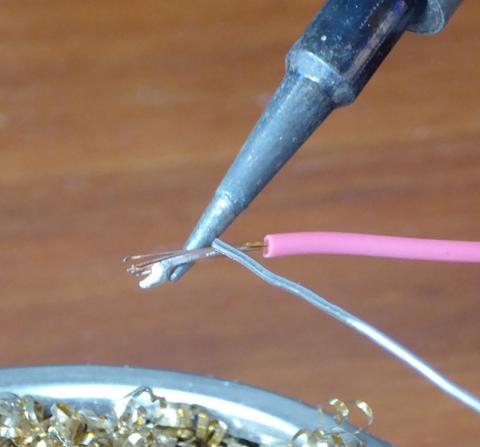
noun
- the act or technique of coating with tin.
- the act or technique of coating with soft solder.
- Chiefly British. the process, technique, or business of preserving or packing foodstuffs in tins; canning.
noun
- Chemistry. a low-melting, malleable, ductile metallic element nearly approaching silver in color and luster: used in plating and in making alloys, tinfoil, and soft solders. Symbol: Sn; atomic weight: 118.69; atomic number: 50; specific gravity: 7.31 at 20°C.
- tin plate.
- any shallow pan, especially one used in baking.
- any pot, box, can, or other container or vessel made of tin or tin plate.
- Squash. telltale(def 8).
- Chiefly British. a hermetically sealed can containing food.
- Slang. a small quantity of an illicit drug, especially from two to five grams of cocaine: usually sold in a small plastic bag, a glassine envelope, or often a small tin container.
- British Slang. money.
adjective
- made or consisting of tin or tin plate.
- false; worthless; counterfeit: a set of tin values.
- indicating the tenth event of a series, as a wedding anniversary.
verb (used with object), tinned, tin·ning.
- Metallurgy.
- to cover or coat with tin.
- to coat with soft solder.
- Chiefly British. to preserve or pack (especially food) in cans; can.
- to cover (windows and doors in an abandoned or unoccupied building or apartment) with sheets of tin to prevent vandalism or occupancy by vagrants, squatters, etc.
noun
- a metallic element, occurring in cassiterite, that has several allotropes; the ordinary malleable silvery-white metal slowly changes below 13.2°C to a grey powder. It is used extensively in alloys, esp bronze and pewter, and as a noncorroding coating for steel. Symbol: Sn; atomic no: 50; atomic wt: 118.710; valency: 2 or 4; relative density: 5.75 (grey), 7.31 (white); melting pt: 231.9°C; boiling pt: 2603°CRelated adjectives: stannic, stannous
- Also called (esp US and Canadian): can an airtight sealed container of thin sheet metal coated with tin, used for preserving and storing food or drink
- any container made of metallic tin
- fill her tins NZ to complete a home baking of cakes, biscuits, etc
- Also called: tinful the contents of a tin or the amount a tin will hold
- British, Australian and NZ corrugated or galvanized irona tin roof
- any metal regarded as cheap or flimsy
- British a loaf of bread with a rectangular shape, baked in a tin
- slang money
- it does exactly what it says on the tin it lives up to expectations
verb tins, tinning or tinned (tr)
- to put (food, etc) into a tin or tins; preserve in a tin
- to plate or coat with tin
- to prepare (a metal) for soldering or brazing by applying a thin layer of solder to the surface
n.Old English tin, from Proto-Germanic *tinom (cf. Middle Dutch and Dutch tin, Old High German zin, German Zinn, Old Norse tin), of unknown origin, not found outside Germanic. Other Indo-European languages often have separate words for “tin” as a raw metal and “tin plate;” e.g. French étain, fer-blanc. Pliny refers to tin as plumbum album “white lead,” and for centuries it was regarded as a form of silver debased by lead. The chemical symbol Sn is from Late Latin stannum (see stannic). Tin-type in photography is from 1864. Tin ear “lack of musical discernment” is from 1909. Tin Lizzie “early Ford, especially a Model T,” first recorded 1915. n. Symbol Sn
- A malleable metallic element used to coat other metals to prevent corrosion. Atomic number 50.
Sn
- A malleable, silvery metallic element that occurs in igneous rocks. It has a crystalline structure and crackles when bent. Tin is used as an anticorrosion agent and is a part of numerous alloys, including bronze. Atomic number 50; atomic weight 118.71; melting point 231.89°C; boiling point 2,270°C; specific gravity 7.31; valence 2, 4. See Periodic Table. See Note at element.
 Liberal Dictionary English Dictionary
Liberal Dictionary English Dictionary